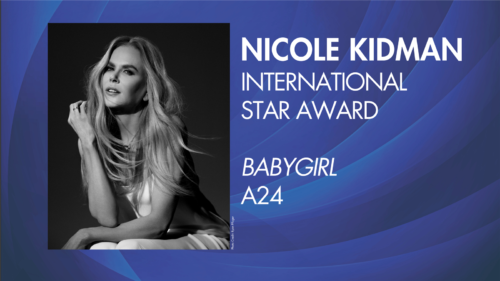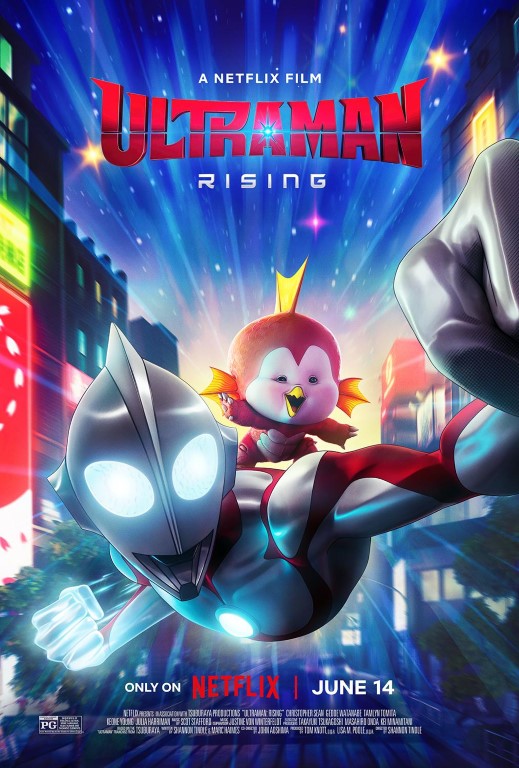Like "The Wizard of Oz", the new Pixar animated feature "Inside Out"
takes place almost entirely within the mind of a prepubescent girl. Whereas
Victor Fleming's classic plunged into the deepest fears of a Kansas girl named
Dorothy and reimagined them as a dream, Pete Docter's latest film—screened
today to thunderous applause at Cannes Film Festival—has a more scientific
approach: much of it is set quite literally inside the brain of Riley, an
11-year-old Minnesota native, forced to move with her parents to San Francisco.
On its surface, the film tells a story of a suddenly uprooted kid having
a hard time adjusting to new environment. After having broken up in tears in
front of an entire class on the first day of her new school, Riley becomes so
scared, angry and confused, she decides to flee her parents and get back to Minnesota
on her own. Scenes involving her actions take up roughly one fifth of the
film's running time, though: throughout most of it, what we get to see on the
screen are the inner workings of Riley's mind, staffed with five embodied moods
(Joy, Sadness, Anger, Disgust and Fear), who bicker and argue in order to
navigate the life of their owner—a bit as if they were operating a robot in
"Pacific Rim".

The premise of making a movie that takes place inside a person's body is not
entirely unfamiliar to anyone who has seen 1966's "Fantastic Voyage," but a
narrative taking place inside a person's mind is certainly uncharted territory.
Even though classic cartoons often visualized thought and decision-making
processes (think of all those devils and angels vying for the souls of Looney
Tunes' characters), what Docter and his team cooked up here is altogether more
ambitious: the entire narrative fabric of the film is formed in terms of
cognitive processes that govern our lives. It may take a bit to get used to the
film's premise (with its complex system of Core Memories, Personality Islands,
etc.), but once we're in, the ride is pretty much irresistible—at once
visceral and (literally) cerebral.
For its first third, the movie is basically a workplace sitcom with grey
matter for office cubicles, fully inhabited by the star voice cast, led by Amy
Poehler (as the tireless Joy) and "The Office"'s Phyllis Smith (as the
ever-droopy Sadness). Since every member of the brain crew is basically a
distillation of a single character trait, the comedy has real spark and
intensity, and the entire cast runs away with the opportunity to go to the
extremes in their respective roles (Lewis Black does marvels of grunting and
shouting as Anger, and Bill Hader makes for a manic, gloriously neurotic Fear).
The film's main action starts as soon as Riley's sudden depression threatens
the entire foundation of her personality: Joy and Sadness have to traverse the
entirety of the girl's brain (including a dangerous 2D trek through the
Abstract Thoughts area) in order to guide her through the first adult crisis
she's experienced.
As entertaining as it is, the movie is also a serious rumination on the contradictions
that drive our very selves every hour of the day, and as such I can imagine it
will prove not only great entertainment for adults and kids, but also a
possible material for parents-kids discussion after the screening. As it was
presented today at Cannes, the film certainly succeeded in bringing the
press-filled Grand Theatre Lumière to tears—by the end, you could hear loud
sniffs rolling down the balcony and across ground level seats alike.
Numerous movies before this one played with the tension between what
goes on in people's heads and how they actually behave. Carl Reiner did
it in "All of Me", as did Woody Allen in the famous subtitled flirtation scene
in "Annie Hall" (not to mention the final segment of "Everything You Always
Wanted to Know About Sex *But Were Afraid to Ask", set inside male brain during
intercourse). Still, what this film does is quite unique: here's a mainstream animation
adventure that acknowledges, instead of denying, the complexity of human
motivations, decisions and actions. As a result, the level of psychological
subtlety achieved in "Inside Out" truly raises the bar for contemporary
children's animation. The film portrays an uneasy alliance of Sadness and Joy
that allows its main character to become a fuller, better self.












